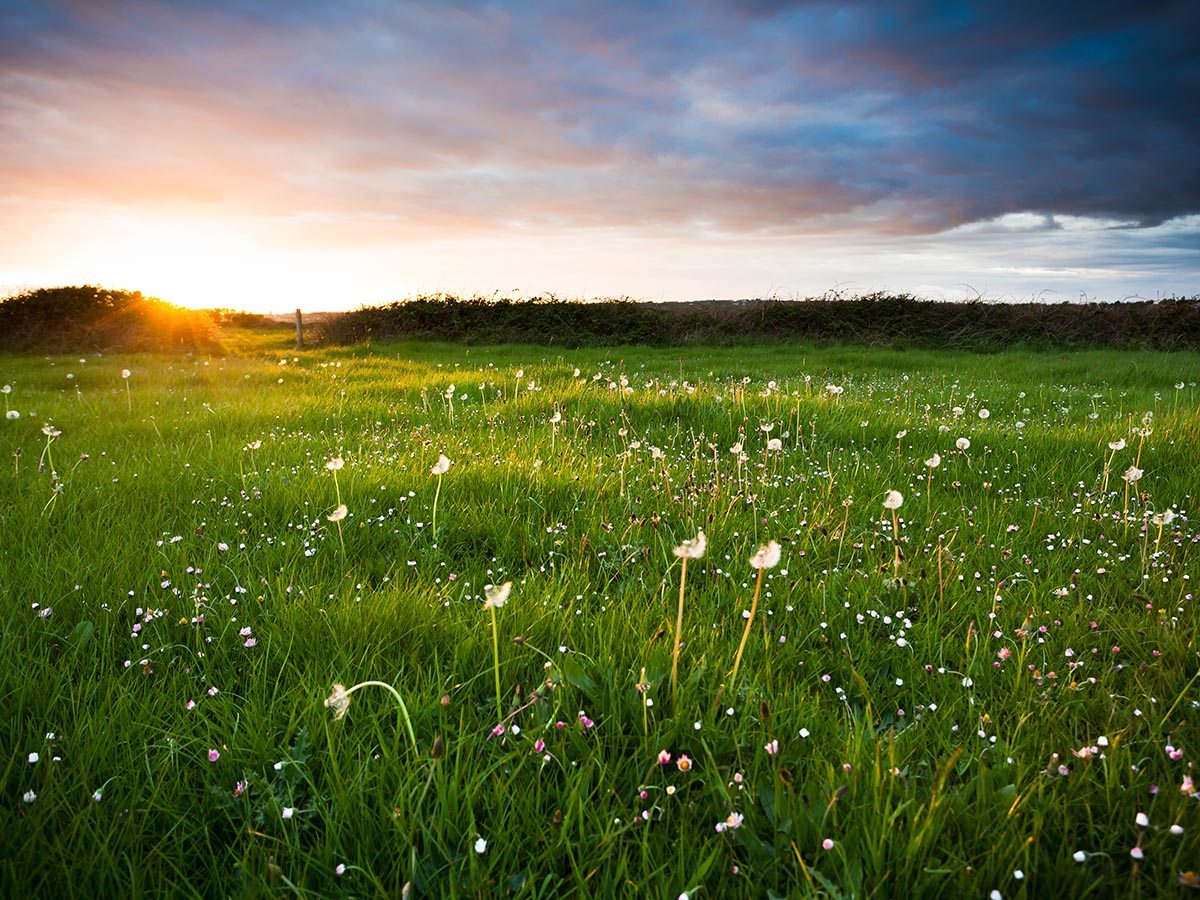Good quality landscape design is the key to long-term profitable development as Noel Farrer, President, Landscape Institute explains.
We need 230,000 new homes every year to cope with predicted population growth in the UK. That’s more homes than at any time since the post-war building boom. Or to put it another way: by 2050, the population is likely to reach 77 million – meaning to house that number, we need to build for the equivalent of another 11 areas the size of Bristol. With the government putting more pressure on housebuilders than ever to hit the numbers, will it be business-as-usual or will these schemes endure as successful, popular and valuable places to live? We cannot afford for them not to be.
People don’t want to live in any old housing. They want to live in housing that offers them a better quality of life, one that makes them feel safe walking to and from work and creates a sense of pride and ownership. This was well understood by those housebuilders behind landmark developments such as Munstead Wood, Letchworth, Span estates, Milton Keynes and Greenwich Millenium Village. All of them are a combination of good-quality housing in verdant, well-designed and constructed landscapes, because it is the so-called ‘spaces between the buildings’ that make housing work.
Today, we have other notable examples, but whether they are reverential to these landmark developments or new typologies in themselves, they all aspire to the same maxim: landscape thinking delivers good places – and good places are valued and maintained, which makes them sustainable, as well as profitable for all. We’ve collected together five of these recent housing projects in a new guide – Profitable Places: Why housebuilders invest in landscape – that aims to show public and private developers how landscape can help them deliver their business goals.
Developed by the Landscape Institute Policy Committee Working Group on Housing, the guide offers housebuilders five ways in which landscape professionals can add value to their developments. These are:
- Investment in a high-quality landscape pays dividends, as customers are willing to pay more for it;
- Good landscape planning helps to make the best use of land, identifying the most sustainable sites for development;
- Well-planned and well-designed green infrastructure creates spaces that deliver more efficient land use;
- Landscape is a cost-effective way to meet the regulations and standards that guide sustainable development, such as Building for Life 12 – all but one of these national standards require a landscape-led approach to achieve a green light;
- Considering landscape from the outset can ensure that new development is more acceptable to existing communities, and will speed up the planning process.
But rather than just have our members tell housebuilders how to do it, we started by putting the question to them. We asked senior executives at Berkeley Group, Barratt Developments, Countryside Properties, Homes and Communities Agency, Crest Nicholson, and the Greater London Authority to tell us how landscape adds value to what they do.
The guide includes comment from each of these developers, but one consistent message is that creating sustainable housing developments that pays dividends is not just about creating energy efficient homes. As Chris Tinker, Board Director and Regeneration Chairman at Crest Nicholson says, “We have learnt that to create places where people wish to live, and to add value for the new community, our shareholders and wider society alike, we should invest in the public realm and the natural environment from the outset.”
It will come as no surprise that the most popular developments are frequently the greenest, leafiest ones, with mature trees and well-designed streets. Moreover, leading developers obviously use this to differentiate themselves by featuring these images prominently in their marketing materials. But is this message being understood and acted on all the way down the supply chain and all over the country? No it isn’t.
That’s why we believe this guide is necessary. As the Farrell Review of Architecture and the Built Environment 2014 pointed out: “Landscape architecture and urban design are often the most valued by the public, yet contradictorily the least valued in terms of fees and frequently where the first savings are made on any given project.”
There is a growing evidence base, of which we highlight a number of key statistics and sources in the guide, that suggest this trend could be hurting rather than helping developers’ bottom lines. In its ‘The value of placemaking’ report last year, property consultants Savills showed how investment in the public realm can potentially double average values of flats in parts of London. Defra and Natural England’s 2013 report ‘Green infrastructure’s contribution to economic growth’ suggests developers already know this, with many of them prepared to pay at least 3% more for land in close proximity to open space, and some putting that premium as high as 15-20%.
But that’s if you get to build. The fact is that the public don’t like housing developments that detract from, rather than add to, their neighbourhoods. A recent Local Government Association survey found that 61% of councillors in England and Wales said that public opposition is the most significant barrier to housing development. That same survey also provided the solution: asked what would make it more acceptable to the public, 81% of councillors said benefits for the community, such as schools, health services and green spaces.
It is worth mentioning some of the case studies from the guide to illustrate this point. Accordia housing scheme in Cambridge master-planned by landscape architects Grant Associates and architects FCBS incorporates more than three times the amount of green space of other housing developments in the area. Each home was designed to overlook one of these green spaces and each space is linked to the next via a network of footpaths and cycleways, pedestrian-friendly streets and subtle traffic-calming measures that create a safe, 20mph zone. It is a community landscape – and in 2008 it became the first residential scheme to win the RIBA Stirling Prize.
Or how about Trumpington Meadows? Landscape architects Terence O’Rourke reconfigured the existing plans for this site to deliver almost twice as many homes as had been previously planned while improving the urban edge and green infrastructure framework. And because the developer was prepared to invest early in a country park, this has ensured that the species-rich meadow, native hedgerow planting, wetland areas and large parkland trees that have been established are likely to increase the value of adjacent housing parcels when they go on the market. Savills currently estimates an average increase of 10% has been achieved.
Existing residents in cities, towns and villages need to believe that new housing will enhance, not diminish, their quality of life and the value of their homes. Meaningful landscapes can increase property prices, but they also add capital and community value by creating socially dynamic spaces. And more often than not, this is the difference between those that endure and those that have to be knocked down and started again.
Profitable places: Why housebuilders invest in landscape is available to download at: http://www.landscapeinstitute.org/policy/Housing.php
Profitable Places will be complemented by a guide on housing and landscape for local authority planners and planning committee members.
Noel Farrer
President, Landscape Institute, and Director, Farrer Huxley Associates
Tel: 020 7685 2640


















I really enjoyed the article and wholeheartedly agree with everything stated. I also believe that allied to this sustainablility will be the integration of environment and energy. The consumer is far more educated today largely due to the recent recession, technology developments, access to information and increased perception of value for money. Imagine street lghting in a small estate covered with PV panels with surplus revenues used for landscape mainenance. There are many other models that can be used including wood gasification, wood chip, eco materials including bio foam insulation etc.